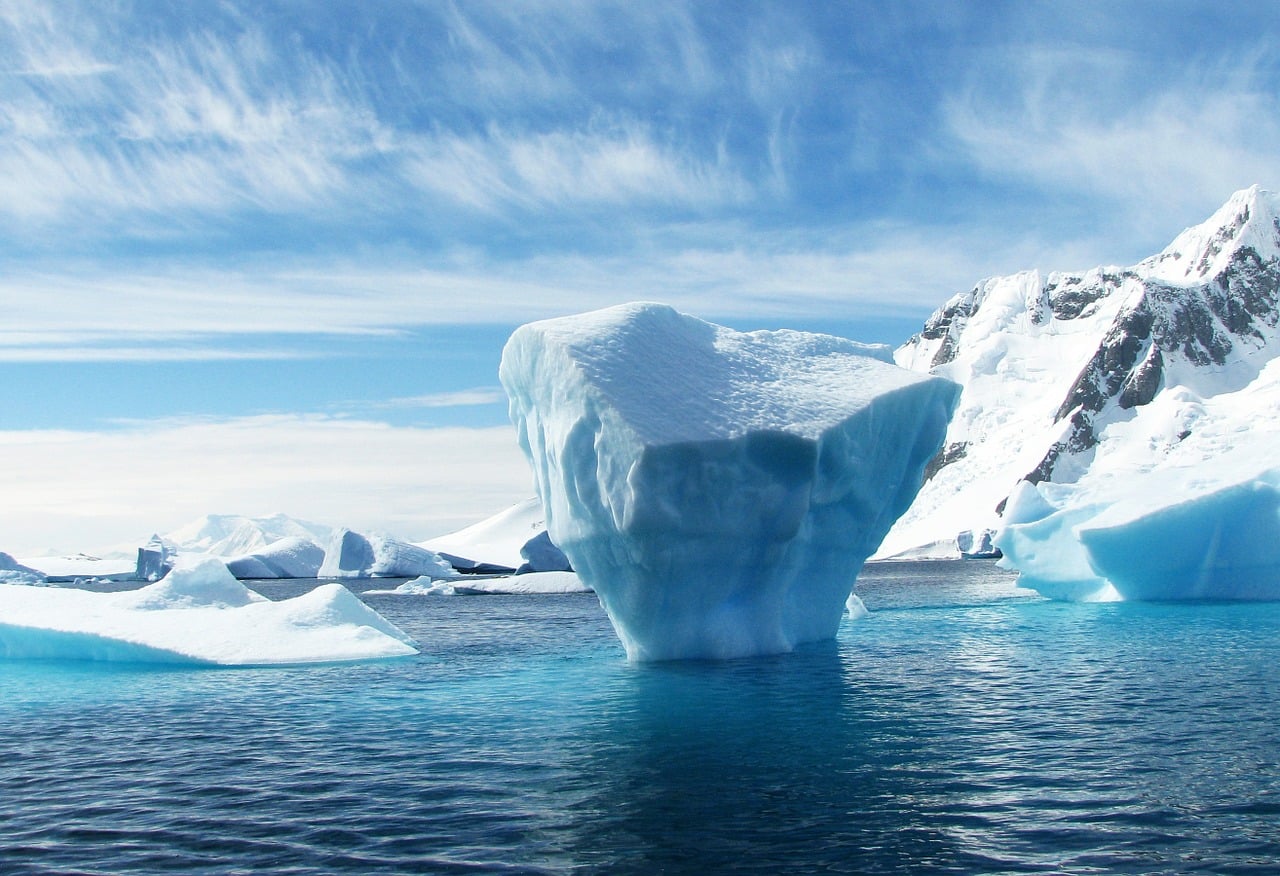Researchers are using the ROSETTA-Ice project to study the Ross Ice Shelf, and they’ve identified troubling new melting patterns on Antarctica. The researchers behind the project suggest that the ocean currents contribute significantly to the stability of the ice shelves.
The ROSETTA-Ice project is a three-year data collection survey of Antarctic ice; it’s a joint project conducted by an international team of scientists from various research institutions. The project used futuristic technology to produce an in-depth view of the Ross Ice Shelf, revealing how it changes over time. Their findings were published in the journal Nature Geoscience.
Ice shelves are massive structures of floating ice that slow the flow of Antarctic ice into the ocean. The Ross Ice Shelf is one of the most important ice structures on Antarctica because it can slow the flow of about 20% of Antarctica’s ice into the ocean. The new study has provided insight into how the ice flow changes as temperatures around the world continue to rise.
The team that revealed the melting patterns on Antarctica approached the ice shelf in a unique way. They faced many challenges in properly observing an ice shelf which measures as large as Spain. The thousand-foot-thick ice prevents ship-based surveys from being conducted. The researchers decided to use IcePod, a technology which can collect high-resolution data, specifically for polar regions. IcePod was developed by Colombia University’s Lamont-Doherty Earth Observatory and mounted on a cargo plan. The instruments on the device can measure ice shelf height, thickness and internal structure.
Each time the team started to fly across the ice shelf, the IcePod’s magnetometer (which measures the Earth’s magnetic field) showed a flat and almost unchanging signal. When they reached about halfway across the ice shelf, the instruments came alive, displaying large variations much like a heartbeat on a cardiogram. When the team mapped their results, it became clear that this “heartbeat” always appeared in the middle of the ice shelf, which enabled them to identify a previously-unmapped segment of the geologic boundary between East and West Antarctica.
“We could see that the geological boundary was making the seafloor on the East Antarctic side much deeper than the West, and that affects the way the ocean water circulates under the ice shelf,” lead author and Lamont research scientist Kirsty Tinto said in a statement.
“We found that the ice loss from the Ross Ice Shelf and flow of the adjoining grounded ice are sensitive to changes in processes along the ice front, such as increased summer warming if sea ice or clouds decrease,” co-author Laurie Padman of Earth and Space Research said.
The results which revealed the melting patterns on Antarctica suggest that other models which predict ice loss on Antarctica must consider local conditions near the ice front that also change over time.
“We found out that it’s these local processes we need to understand to make sound predictions,” Tinto said.





